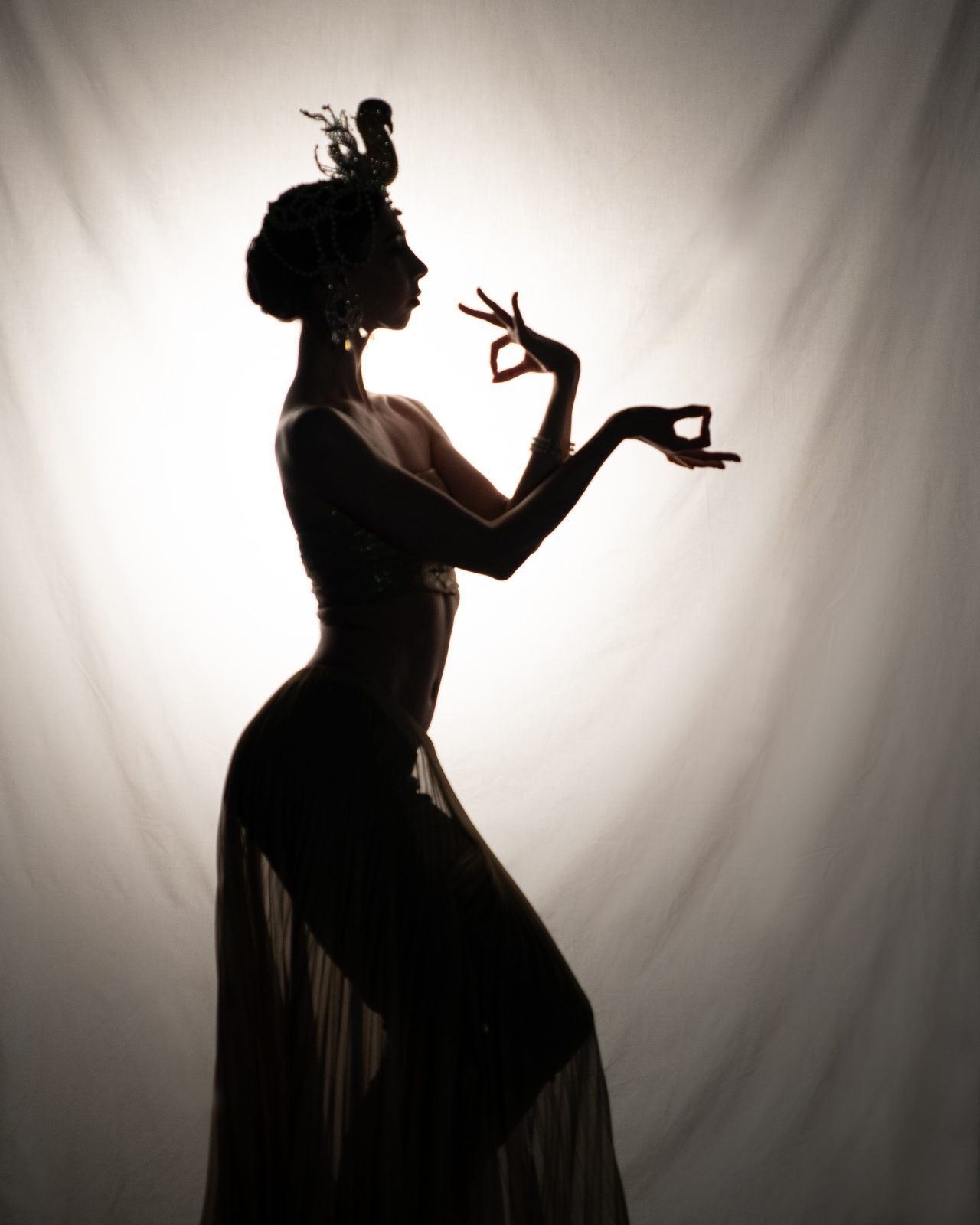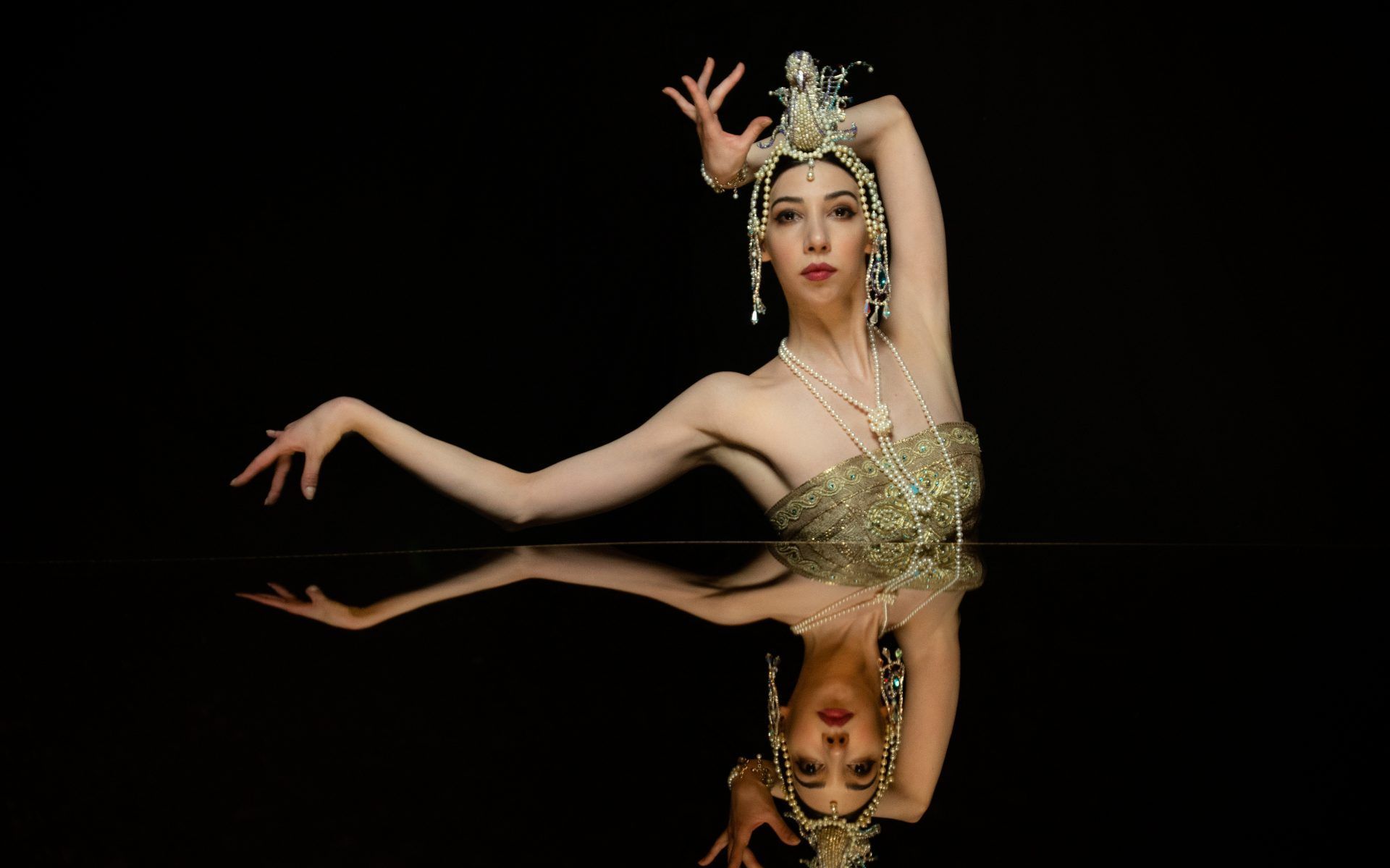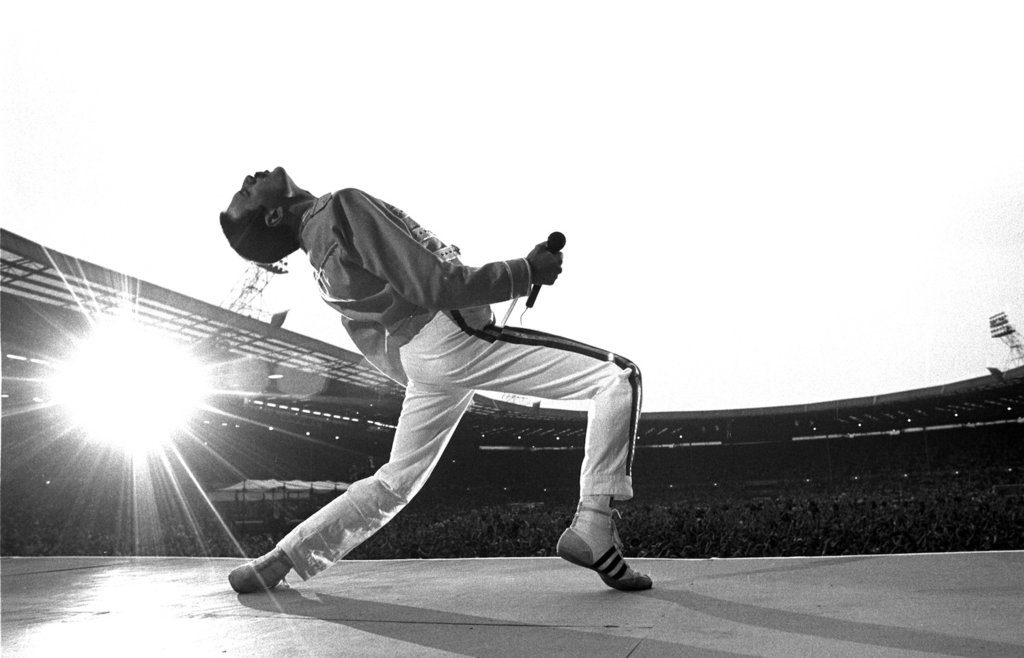Today we’ve decided to break a tradition and to show a backstage before the release. In her editor’s column Alisa Aslanova talks about a birth of the idea to creat Mata Hari project, about main aspects of the story and creating process in common. The film is to be released tonight! Stay tuned!
A perfect way not to get lost is
not wondering where your life is carrying you to.

There are people who inspire, who appeal to beauty and new accomplishments. But there are also people who touch your soul with the tragic villainy of their personalities, the stories which make your mind struggle your heart, creating the insuperable conflict.
The Mata Hari has always seemed to me a sort of the mythical anti-hero, as if she hasn’t ever exited at all. It seemed like her life was gathered from the shrieking newspaper headers and fictitious legends. That’s how I’ve perceived her before…

I felt the magnetic interest towards Mata Hari after reading an essay about her execution – a woman fully keeping her high spirit who asked not to band her to the pillar and not to blindfold her during the shooting. In some extent she had been playing the leading part of her life till her final gasp – the part of Mata Hari…

The Dutch band Kovacs released Mata Hari single last September, beside the name of the single I was attracted by the cover, definitely I decided to listen to it. While the song playing, images appeared one by one, I listened to it again and again, and every time new ideas came to head. I liked so much a viewpoint of the song to Mata Hari story, because it totally coincided with my perception. It was the song that inspired me to appeal to the story. The idea of that a woman who lived a century ago could still touch the imagination seemed very attractive to me.

This film is my subjective view to Matа Hari’s life. This is not a biography, but mostly an attempt to overthink a moment when the fractures have occurred, the fractures which have led to a tragedy. I put many symbols into this video. A head – you probably heard that Mata Hari’s head had been lost by the Museum in Paris. Mirrors – as a symbol of person’s inseparability from the artistic image, a child – just death and parting with her child became to my mind the point of no return for Mata Hari, the point from when you had nothing to lose.


I think we are all used to convict with ease, everyone of us knows better how to live than others do. It’s so easy to judge. That’s how it has been a century ago in Mata Hari’s times. That’s how it is now. But it’s much more interesting to extract the ideas from every story and to set your own questions – Why? How? Where was a possibility to act another way?
I think this video is a visual metaphor, and I dedicate it to everyone who is interested in exploring a case under different angles and who always sets his own opinion.
We’ve created a backstage video where a small part of creating Mata Hari film is shown. I am endlessly thankful to everyone who has been on the same boat with me and has agreed to take part in this project.
Alisa Aslanova
Film by Alisa Aslanova
Starring Ana Turazashvili
Jewelry Tiffany & Co.
Costume design Olga Lysova
Hair accessory design Irina Ablitsova
MUAH Dasha Agafonova
Heartfelt thanks to Ekaterina Bornovitskaya




